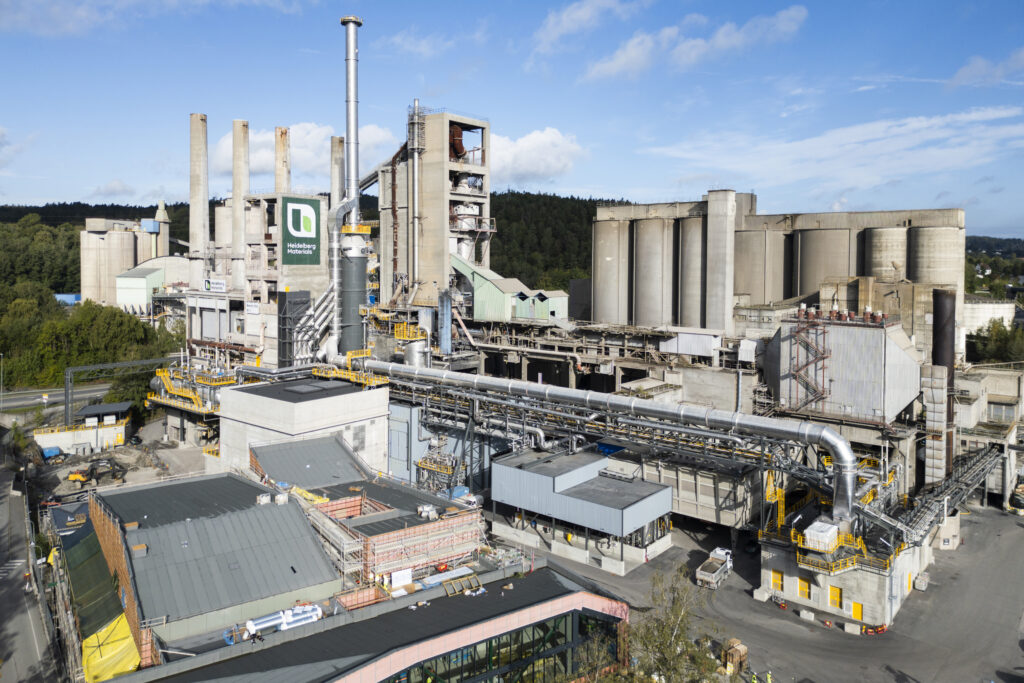Ambitious goals
Longship is the result of a political ambition that has endured over many years and across party lines: The ambition has been to develop technology for capture, transport and storage of CO2 and realize a full scale CCS chain in Norway. Provided that the project leads to technology development in an international perspective.

On 21 September 2020, the government presented a white paper to the Storting.
Storage since 1996
It was in 1996 that Statoil (now Equinor) started storing CO2 deep under the seabed in the Utsira formation in the North Sea. This project, called Sleipner, is a result of a carbon tax put on the oil and gas sector in 1991.
Since this first successful large-scale CO2 storage project. The Norwegian government, industry and academia have continued to develop CCS. This is financed by government subsidies through research programs and co-financed by the industry. There is also direct government support for projects, like for Longship.
The political will to invest in CCS is partly based on the fact that Norway has a geology on the continental shelf. That is very well suited for CO2 storage. In the end the storage potential offshore is very large. The Norwegian Petroleum Directorate has mapped the CO2 storage potential on the Norwegian continental shelf.
Technology development
The research, development and the demonstration program CLIMIT has supported the development of CCS technologies since 2005. The program has contributed to an important technology development. And without this development realizing Longship would probably not have been possible. In 2012, the world’s largest test centre for CO2 capture, Technology Centre Mongstad (TCM), opened. A number of technology suppliers have tested and improved their technologies at TCM. Including the supplier chosen by the capture partners in Longship.



Benefits realization
To attain its objectives through Longship, the state has implemented a program designed to enhance the likelihood of success. All the stakeholders involved in the project – the industry partners, Gassnova and the Ministry of Energy – contribute to this.
““Benefits realization” involves active collaboration among project stakeholders to share knowledge and insights.””
In the short term, Longship aims to showcase the feasibility of Carbon Capture and Storage (CCS) as a viable climate mitigation measure. It strives to prove the technical viability of CCS, attract industry investments in the technology, and demonstrate the ability to execute projects within existing regulations. Longship will affirm the safety of CCS through continuous monitoring of injection wells and efforts to prevent emissions from the capture area.
Longships require government support, but cost reductions and the development of business models will be decisive for the further spread of CCS. The project aims to contribute to reduced costs for future projects by sharing knowledge and experiences.
Northern Lights in particular will act as a platform for further rollout of CCS. With its excess capacity in phase 1 and plans for expansion, as of January 2024, Northern Lights has entered into agreements with two different capture operators in addition to the industry partners in Longship, and is in dialogue with a large number of potential new customers.
